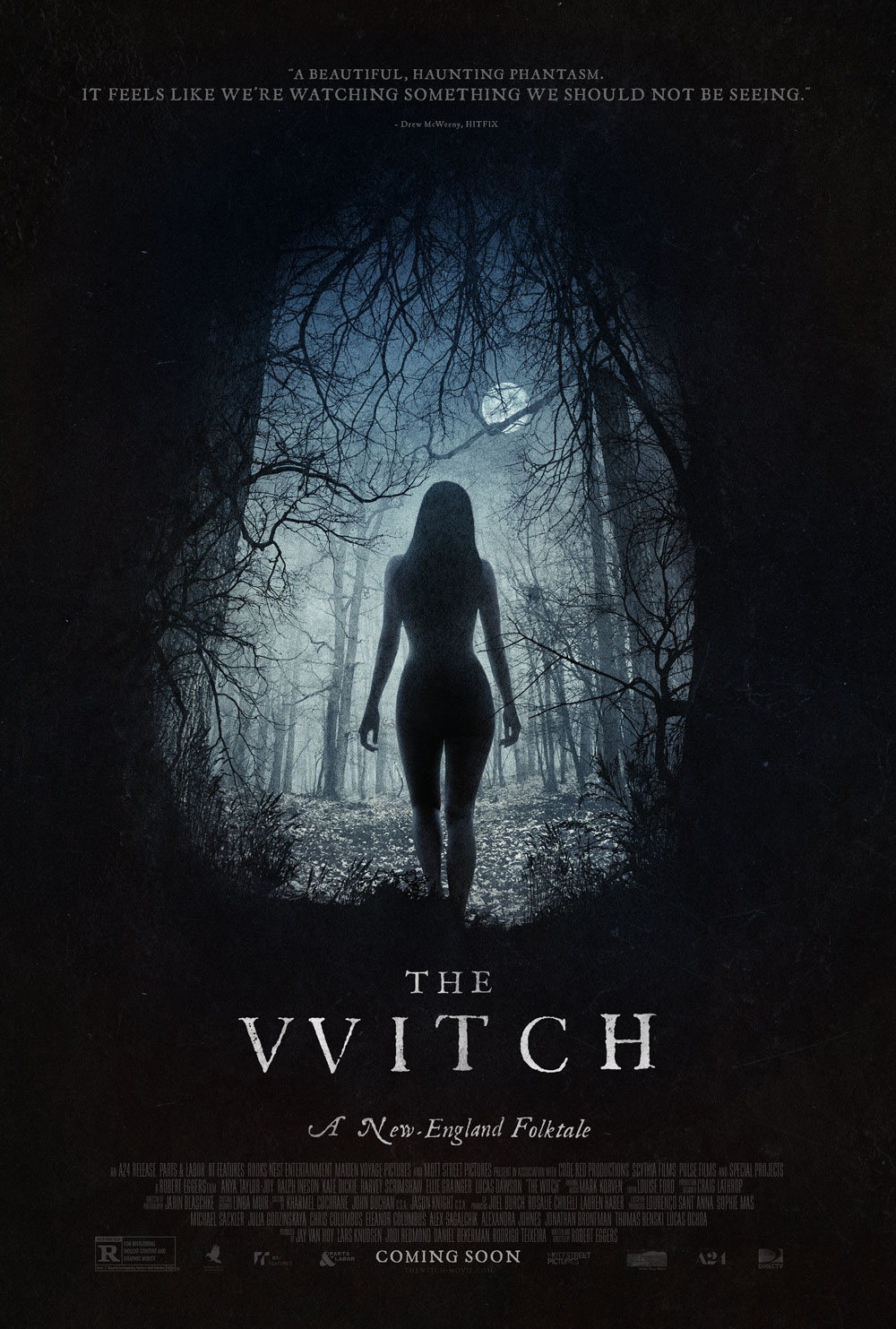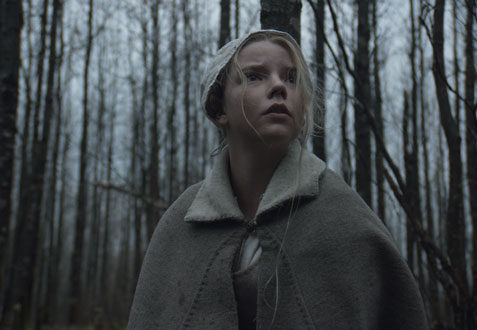
Last year, Robert Eggers’ directorial debut, “The Witch,” premiered at the Sundance Film Festival and was quickly praised as one of the scariest films in years. That’s a high bar to reach, but Eggers manages it with this sparse, chilling experience.
Set in 1630, the movie follows a deeply religious family that has been cast out from its home in New England. A stubborn farmer (Ralph Ineson), his wife (Katie Dickiea) and their young children leave and don’t look back, until things quickly go wrong at their new home. In the woods by their house lives a witch that few believe in, even when the family’s baby is kidnapped. The parents don’t believe their eldest daughter, Thomasin (Anya Taylor-Joy), instead assuming that an animal grabbed the baby. From the beginning, we know that’s not the case, and soon Thomasin and her family are torn apart.
Most of the horrors don’t lie in the woods or the witch. Like a lot of classic horror movies centered on the kids, some of the tension is drawn from the question: “What if my parents don’t believe me?” They normally don’t in these instances, and the fear and isolation continues to grow for the siblings. Much of the tension in “The Witch” is due more to the internal conflict than the witch herself.
But that witch is one terrifying antagonist. Eggers wisely plays her as a mysterious figure, not revealing her until the time is just right. When she’s finally unveiled, it’s both frightening and comical – an entertaining balance that the film achieves. How far her powers go, however, you never quite know. Are the parents under her spell, the spell of God, or have they simply blinded themselves?
The family drama is just as engaging as the physical horrors we see the characters undergo. The conflict is more emotional than physical, but the emotions ring loud and clear from Ineson, Dickie, Taylor-Joy and the rest of the cast. Their fears and paranoia dig right under the audience’s skin, making them the viewers’ fears as well. When Eggers lets the camera simply track the young boy of the family as he approaches the witch’s home, the sense of quiet and anticipation is horrifying, but it’s the reaction on the boy’s face, knowing his predicament, that makes this quiet scare so powerful.
Eggers understands not only mood and framing, but also character, and because of that, “The Witch” is just as satisfying as a drama as it is a horror movie. Still, the chills are there and bound to give you goosebumps. Silence is rarely this effective in movies. Eggers never treats a scare as a cheap trick; he builds the tension with real grace.
The pacing is relaxed, but there’s never a dull moment. It’s all building up to one gut punch of an ending. Even if the rest of the film was of lesser quality, though, the payoff is so rewarding that it would’ve made up for what came before. Thankfully, Eggers doesn’t need to win anyone over by the end, because “The Witch” is an expertly crafted look into madness, religion and why you probably shouldn’t take a stroll in the woods.
Related Posts
Posted in: Entertainment, Movie Reviews, Movies
















